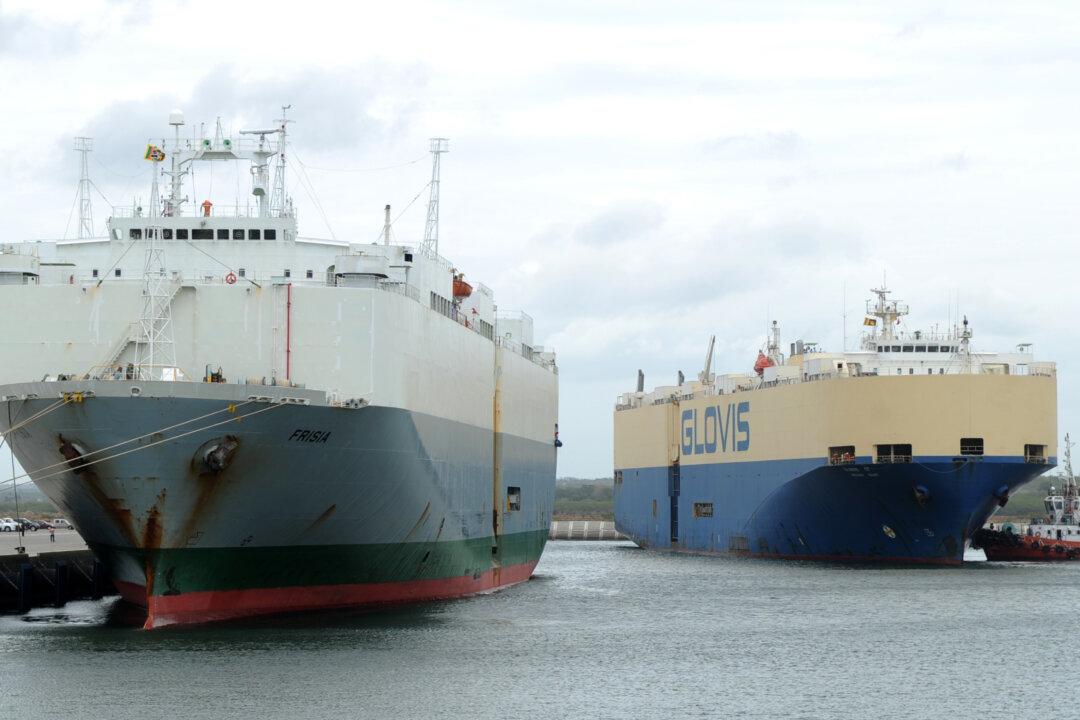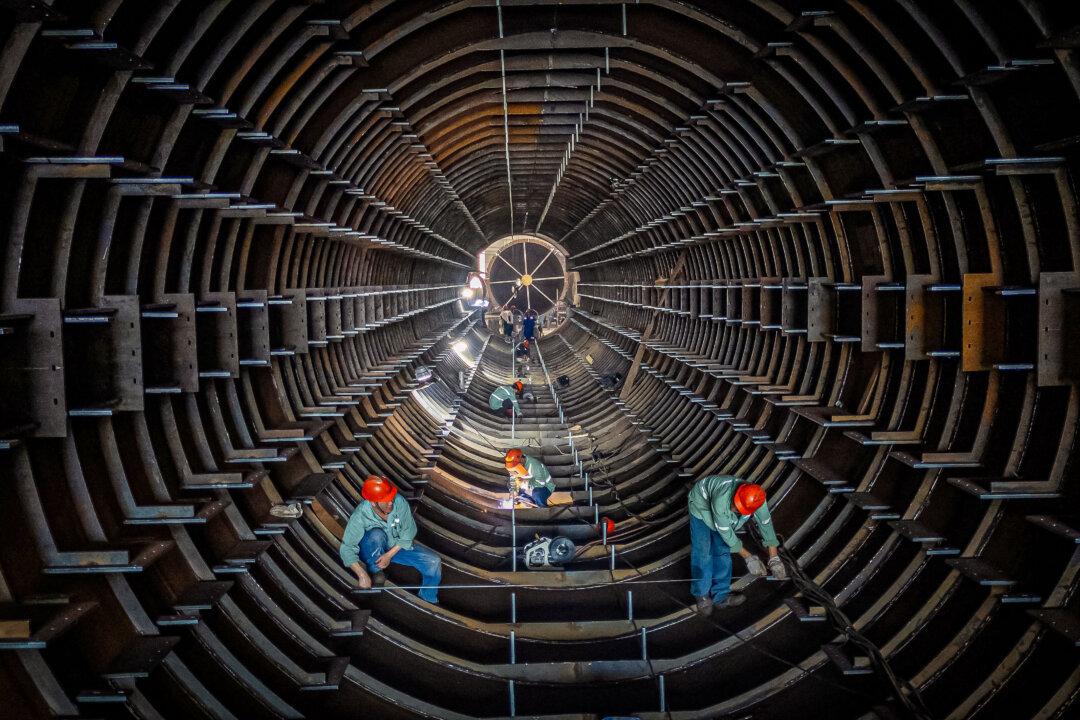A decade ago, the Chinese Communist Party (CCP) introduced the Belt and Road Initiative to the world to promote countries’ economic development along the historic Silk Road.
This plan was viewed as Chinese leader Xi Jinping’s signature economic plan under his “Major Country Diplomacy” strategy. Lured by the disguise of economic development, more than 100 countries around the world joined the initiative. Over the past decade, many countries have incurred huge debts as a result, and the CCP has been able to engage in an implicit rivalry with the United States. However, the CCP’s ambition to dominate the world using its communist ideology through the Belt and Road Initiative has failed to materialize.





